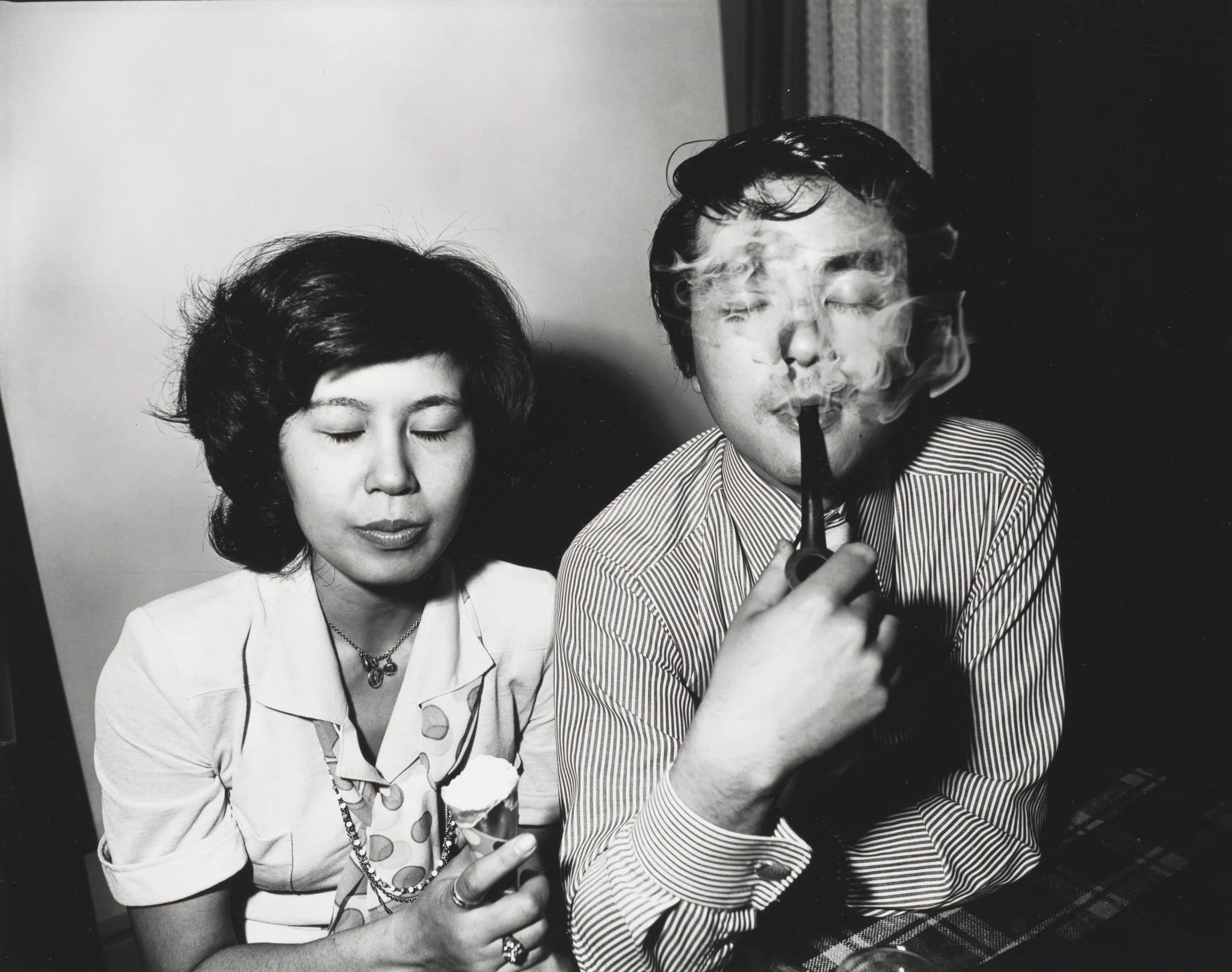Exhibition Review: In Light of Rome
Palazzo Altoviti on the Tiber, ca. 1851–57, albumen print, Robert Macpherson, Scottish, 1814– 1872
Provided by Bowdoin College Museum of Art
Written by Anvita Brahmbhatt
Copyedited by Chloë Rain
Photo edited by Alanna Reid
On December 8, 2022 the Bowdoin College Museum of Art opened In Light of Rome: Early Photography in the Capital of the Art World, 1842-71. Along with the exhibition, a catalog published by the Pennsylvania State University Press features a history of photography in Rome, historical events running parallel to when these photos were taken, and artist biographies. The artists featured in the exhibition are Calvert Richard Jones, successors and students from the early days of the Roman School of Photography such as Gustave Le Gray (France), Pietro Dovizelli (Italy) and Robert MacPhereson (United Kingdom) among others.
The exhibition highlights the advent of photography, especially the part Rome played not only in the education of fellow photographers, but also in the development of photography in documenting historical events for the future generations. Similarly, Study of a Stream with Plants by Giacomo Caneva hints at nature and the flora of Italy during the 1800s. Now a hotel building, Robert Macpherson’s Palazzo Altoviti on Tiber represents the presence of an important location during those times.
The Arch of Titus with Figure, ca. 1850, salt print from a glass negative, by Eugéne Constant, French, dates unknown
Provided by Bowdoin College Museum of Art
Most of the photographs are a study in the architecture of Rome, along with the developing structural processes employed by the architects as photographed by these artists. One of the most popular tourist attractions in the world today, Eugene Piot’s Colosseum showcases a quiet time in Rome before the herds of tourists and visitors. Similarly, Gioacchino Altobelli’s The Piazza of Santa Maria Maggiore With Photographer hints at the growing popularity of photography to capture the beauty of Rome.
Frank Goodyear, co-curator for the exhibition said, “In Light of Rome traces the technological innovations and advancements in photography through images of one of the most recognizable and photographed destinations in the world.” The exhibition is almost a comparative study of life in Rome then with Rome today. The architecture spots such as The Arch of Titus and The Basilica of St. Peters’ and the Spina di Borgo, as photographed by Eugene Constant and James Anderson respectively, showcase these popular tourist attractions while highlighting the history of Rome. THrough these photographs, viewers can see the progression these buildings have gone through from decades ago to today.
The Roman Forum seen from the Capitoline Hill with Moonlight Effect, ca. 1867, albumen silver print from glass negative, Gioacchino Altobelli , Italian, 1814–after 1878
Provided by Bowdoin College Museum of Art
The catalog, In Light of Rome, highlights the timeline of the major events in the advent of photography and its popularity in Rome: the introduction of the daguerreotype, the calotype, the influence of the Roman School of Photography, the focus on spatial composition in the 1850s, the commercialization of photography in the 1860s with the accessibility of the collodion process, and the role of photography along with other fields of art in that time period to document life in Rome. The selection of photos showcase talent of photographers from all over European countries and the United Kingdom. This is a testament to Rome’s attractiveness for artists since then. From stunning architecture to a community of photographers, and enriching political and social movements, Rome has become the world’s leading hub of art and cultural reformation.
The exhibition is on display at the Bowdoin College Museum of Art from December 8, 2022 through June 4, 2023.
Isola San Bartholomeo, 1842, quarter-plate daguerreotype, by Joseph- Philibert Girault de Prangey, French, 1804– 1892.
Provided by Bowdoin College Museum of Art







